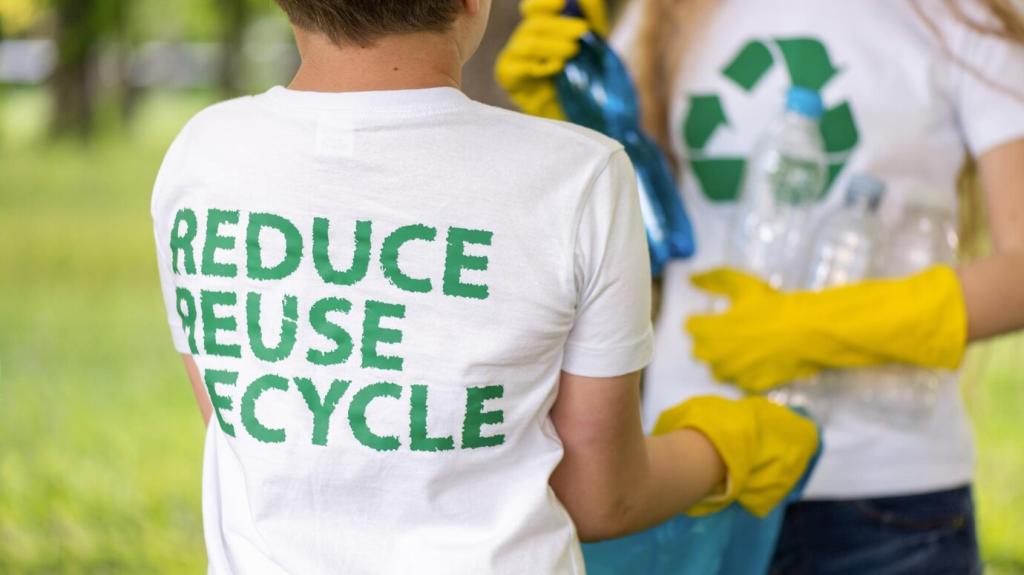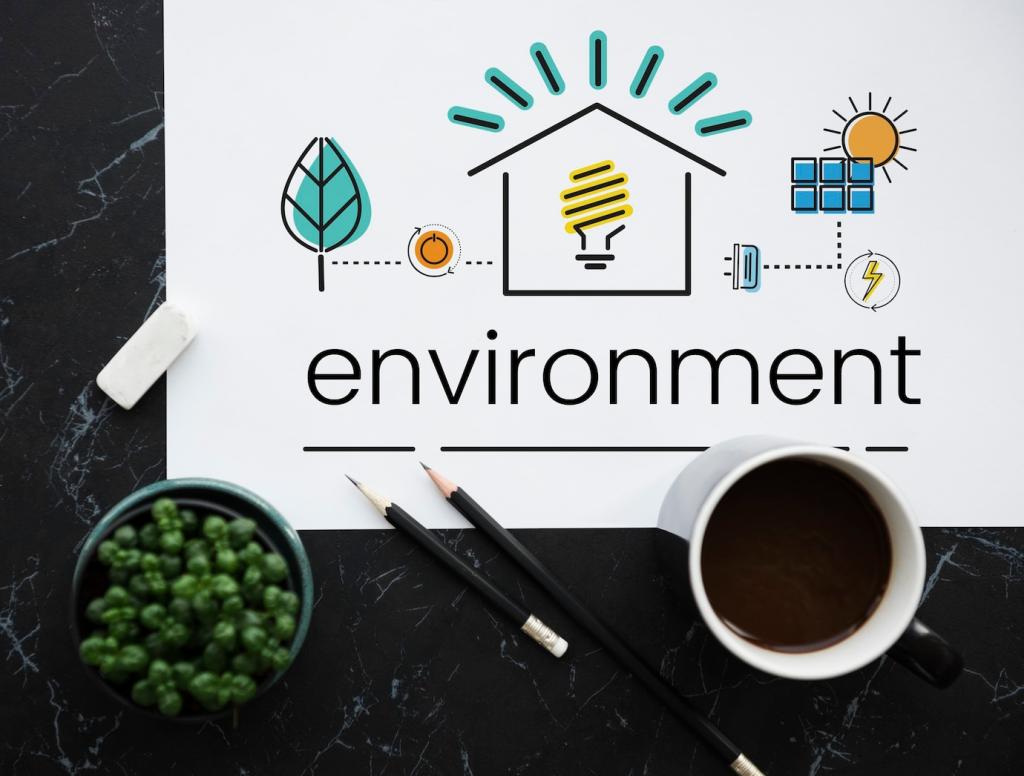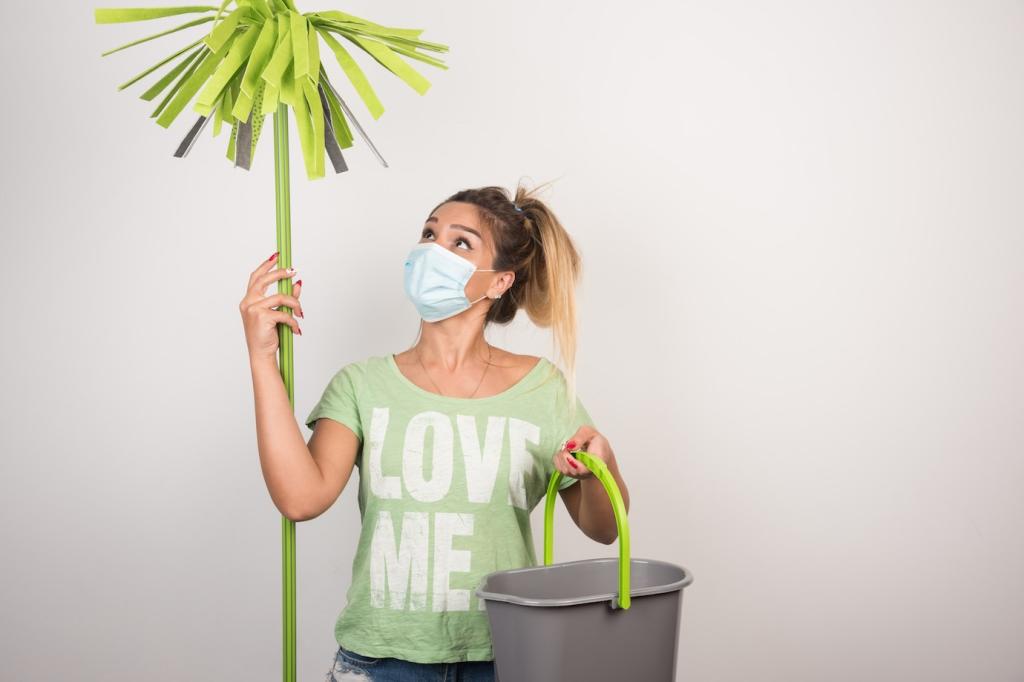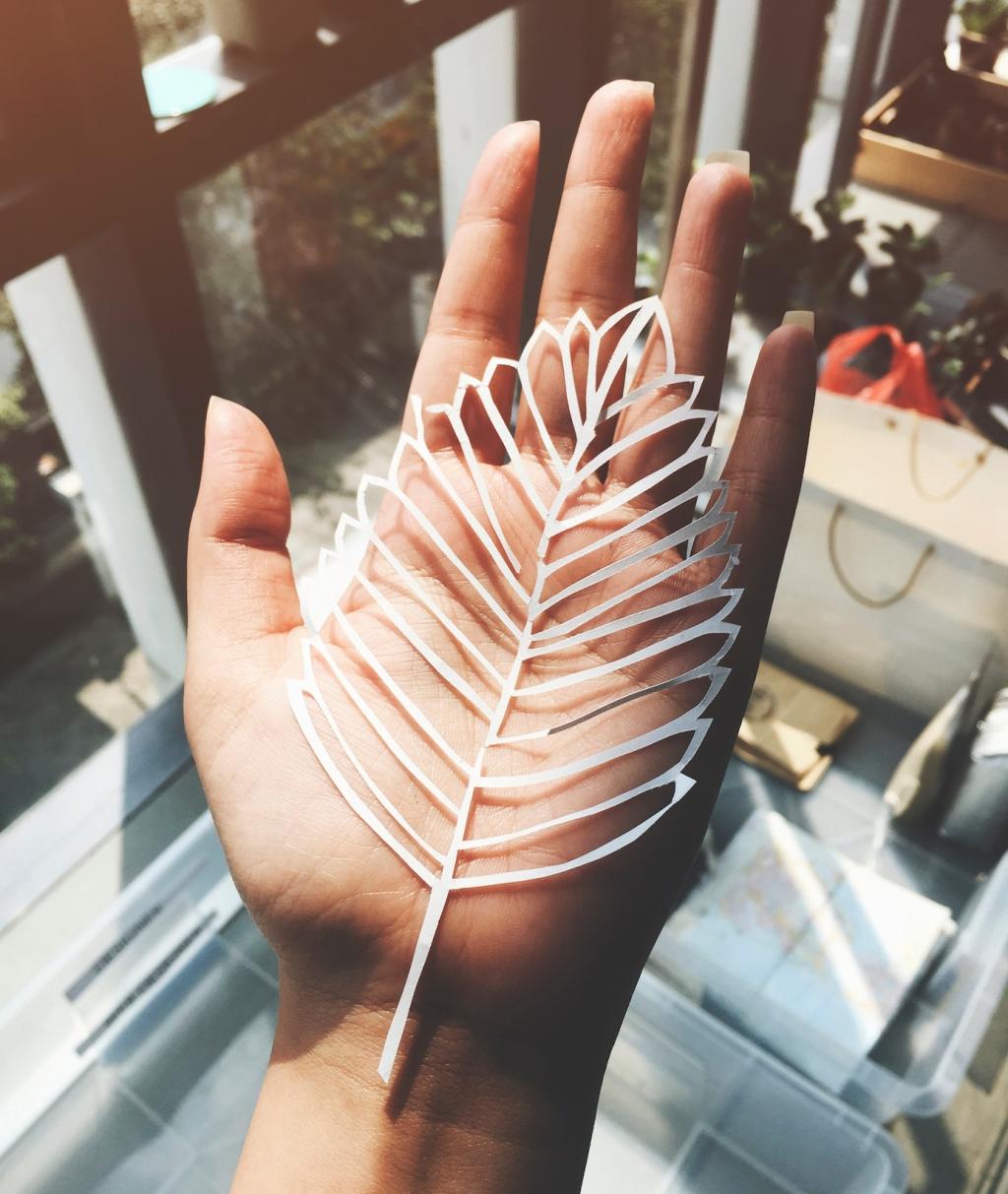Start Smart: Understanding Fabrics, Footprints, and Gentle Care
Solution-dyed acrylic resists fading beautifully, polyester dries quickly, nylon is tough, and canvas breathes well. Each fabric benefits from gentle, fiber-specific care. Check labels, test small areas, and adjust methods to minimize damage while maximizing longevity and sustainability.
Start Smart: Understanding Fabrics, Footprints, and Gentle Care
Opt for fragrance-free, plant-based detergents, castile soap, white vinegar, and baking soda. These biodegradable staples lift grime without harsh residues. Avoid chlorine bleach and quats when possible, especially near waterways. Patch-test patiently, then rinse thoroughly to respect skin, fabric coatings, and local ecosystems.
Start Smart: Understanding Fabrics, Footprints, and Gentle Care
Spot-clean first to save water, then use cool or cold washes whenever appropriate. Line-dry in moving air to reduce energy and fiber shedding. Shade-dry colored fabrics to limit UV fading. Share your favorite low-energy tricks with us, and inspire neighbors to follow your lead.






